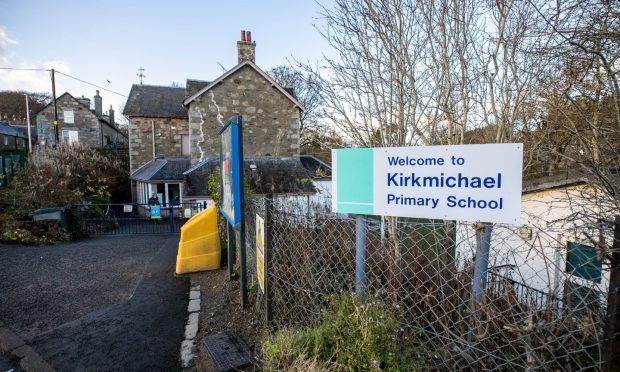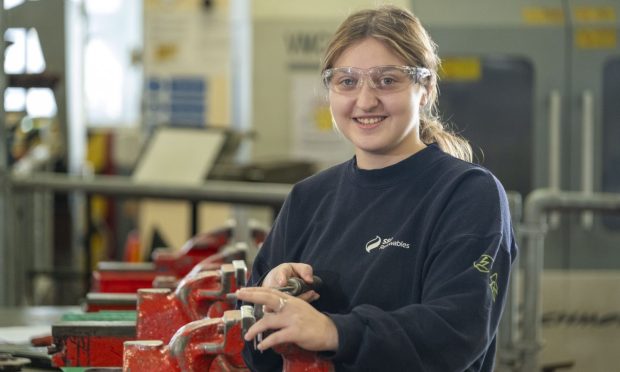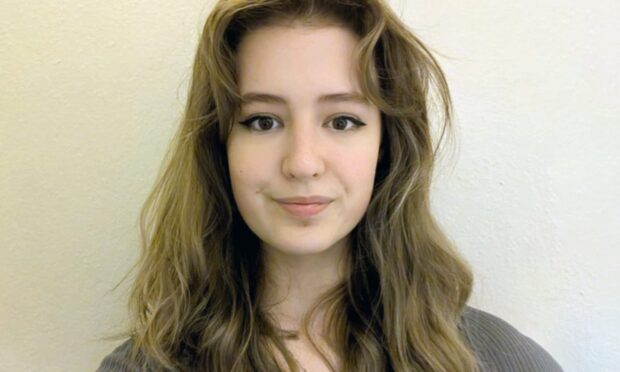More than four in 10 pupils are absent from Tayside and Fife secondary schools the equivalent of one day or more a fortnight.
In Dundee almost half – 47.4% – are persistently absent. This means they miss at least 10% of the time they should be in school.
Amid rising school absence across Scotland, we have looked at attendance records for local authority secondary schools in Angus, Dundee, Fife, Perth and Kinross and Stirling.
You can search for the attendance rate for all local high schools in our table further down.
Grove Academy, in Dundee, Monifieth High School, and Dunfermline High School are among those with the best pupil attendance.
The highest absence rate locally was at Brechin High School, in Angus. Not far behind it were Lochgelly High School and Levenmouth Academy, in Fife, and Craigie High and Baldragon Academy, in Dundee.
School attendance was in decline before the pandemic hit in 2020.
However, it has fallen more sharply since.
Almost half of absences in Scottish secondary schools last year were due to illness.
But more than a quarter were unexplained, including truancy.
Improving attendance is a priority for most schools.
In Perth and Kinross, a public information is to be launched soon to drive home the importance of regular attendance.
According to Education Scotland, evidence shows that pupils’ progress, attainment and achievement is affected when their attendance falls below 90%.
That is missing 19 days in a school year, equating to one day a fortnight.
More than 40% of secondary school children and young people are doing so – classed as persistently absent – according to new figures from the Scottish Government.
And if their attendance averages 90% annually a child will have missed an entire year of school by the time they reach S3.
What is being done to tackle school absence?
Ahead of the launch of their campaign, every Perth and Kinross school made a public promise to improve attendance.
A council spokesperson said: “Our Raising Achievement Strategy, introduced in 2020, stresses the importance for schools to monitor pupil attendance, and staff in schools work with children, young people and their families to ensure they attend regularly and punctually.
“We would also always urge parents and carers to speak to their child’s school if they are experiencing issues with attendance.”
All Angus Council secondary schools have attendance policies focussed on improving attendance and engagement among young people.
A spokesperson said: “Schools are looking at their data, using evidence-based approaches and working closely with families to improve attendance and engagement of young people.”
In Fife, regular attendance is seen as key to successful education.
Schools monitor attendance so they can intervene early and provide necessary support, said Shelagh McLean, head of education.
“When a young person isn’t attending school, we need to understand why that’s happening and good relationships are key to being able to support them and their family.
“This helps us to work out what supports and strategies need to be put in place to help them get back.”
Stirling Council says it has targeted support for schools.
A spokesperson said: “We have already successfully implemented initiatives to improve attendance and have expanded the range of support available for officers and staff who work directly with young people facing barriers to school attendance.”
These include a walking bus, a health and wellbeing whole school approach and expansion of hubs and safe spaces for those struggling to engage.











Conversation